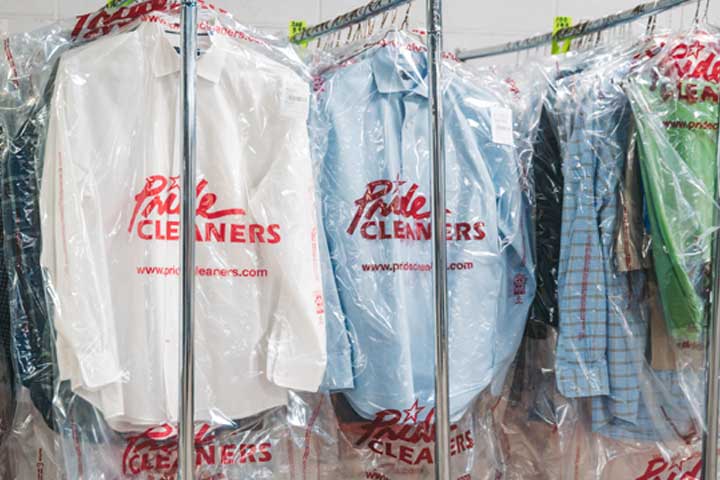Investigating the Crucial Purpose of Solvent Agents in the Garment Care Process
Wiki Article
Dry laundering is a specific cleaning method that utilizes chemicals rather of liquid to eliminate grime and blemishes from textiles. This approach is especially beneficial for items that cannot be washed in a regular washing machine, such as delicate clothes, attire, and upholstery. The solvents used in dry cleaning play an essential role in efficiently breaking down stains and extracting greases without harming the material. Comprehending the role of these solvents helps to value the art behind dry cleaning and its significance in preserving the integrity of various fabrics.
One of the commonly frequent chemicals used in dry cleaning is perchloroethylene, often referred to as "perc." Perc is effective because it has a high ability to dissolve grease and fat, making it perfect for eliminating stubborn stains from clothing. However, it is not the only chemical available. Other alternatives, such as hydrocarbon solvents and silicone solvents, have appeared in new times. These modern chemicals are often not as severe on materials and may be more environmentally friendly. The choice of solvent relies on the particular type of fabric being treated and the nature of the blemishes found.

The process of dry cleaning involves several phases, starting with a thorough inspection of the garment. Cleaning professionals check for marks, rip, or embellishments that may require special care. After this, the garment is put in a dry cleaning machine, which looks like a standard laundry machine but is designed to handle solvents. The chemical is employed to wash the clothes, while the device mixes gently to ensure that the solvent penetrates the threads of the fabric. This phase is crucial, as it allows the solvent to remove and break down the dirt and oil, resulting in the item fresh and new.
After the washing process, the items are dehydrated in a controlled environment where the chemical evaporates. This stage is important because it prevents any residue from remaining on the fabric, which could result to damage or fading. Once dried, the items undergo a finalizing procedure where they are pressed and molded back to their initial form. This focus to detail is what makes dry cleaning a favored approach for caring for the look and durability of fragile fabrics.
In conclusion, chemicals are a fundamental part of the dry cleaning process, serving to eliminate stains and preserve the quality of various fabrics. The employment of different types of solvents enables for flexibility and efficacy in helpful hints treating various fabrics. As innovation progresses, the field continues to investigate new solvent options that focus on both cleaning effectiveness and eco safety. Understanding the role of chemicals helps clients make informed decisions about how to care for their garments and why dry cleaning is a worthwhile service.